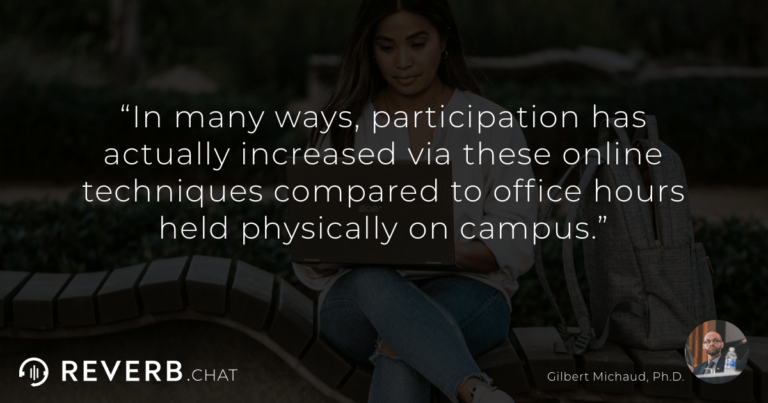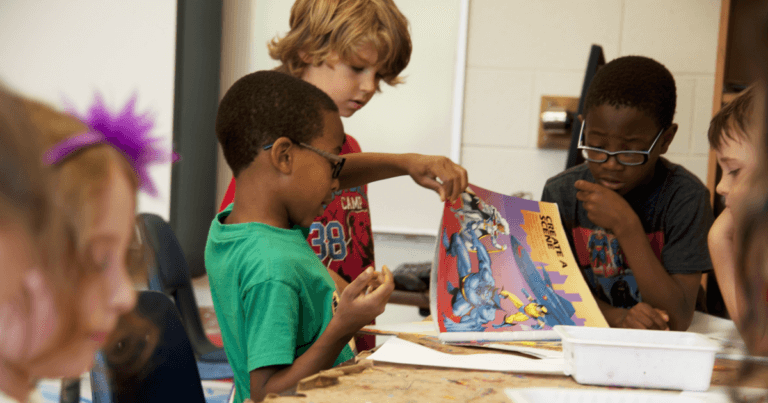The author’s views are entirely his or her own and may not always reflect the views of Reverb.
Being a remote or virtual college student can be challenging, especially for those used to face-to-face instruction, yet not allowed back on campus due to the public health pandemic.
Luckily, from a faculty perspective, there are several ways to maintain and even enhance student engagement.
Guest speakers from various locations
One strategy we’ve employed for my department’s online courses is to have mandatory sessions with guest speakers on module-specific topics.
These sessions have allowed us faculty members to invite targeted speakers from other regions or states that we ordinarily couldn’t have on campus otherwise.
Making the sessions mandatory has helped effectively create the cohort learning culture online.
Reflections
We are also asking for reflections on these outside speakers through a formal, written assignment.
This assignment has enhanced participation and engagement with the speakers, fellow students, and faculty members alike.
Knowing you will need to write about a video call after it takes place makes you pay a lot more attention to what the person is saying. Attention, after all, is something that has been known to suffer from online classes.
Virtual office hours
We have been meticulous about holding weekly office hours via Zoom or other video conferencing services.
We have also rotated between holding office hours during regular business hours and in the evenings.
This has allowed all types of students to log in and participate, including non-traditional students who may have day jobs, which is common in professional schools (such as in my department).
In many ways, participation has actually increased via these online techniques compared to office hours held physically on campus.
Live whiteboard exercises and reviews
Something that’s been critical has been live whiteboard exercises.
Taking the whiteboard online allows us to better hold student attention with clarifications and questions. It enables us to go through models and exercises in ways that are much more engaging.
We’re even able to use these exercises and office hours for further review, both for students and faculty, by recording them.
Tying it together and increasing engagement all around
Taken together, these techniques have allowed more frequent and organic conversations between faculty and students.
While there have been some obvious challenges with the health pandemic, there have also been areas of innovation and positive change shaping new best practices in higher education.






